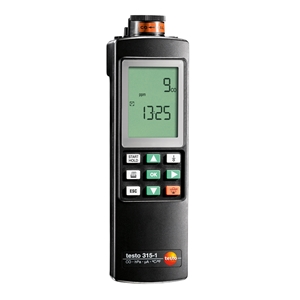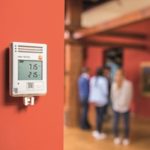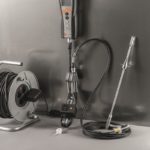Carbon monoxide (CO) is a growing concern for Australians, especially as gas heaters begin to age and potentially emit deadly amounts of gas.
Although incidents are rare, accidents can happen. This was highlighted in a recent case from Pennsylvania earlier this year. Five individuals died after sleeping in the same room as an improperly ventilated propane heater. The cabin filled up overnight with carbon monoxide and there were no survivors.
That tragic case illustrates the importance of gas testing is and how safety procedures need to be followed when testing. This means workers who are installing or servicing gas heaters need the best CO sensors available to ensure they spot and deal with potential issues.
But what are the benefits of these sensors?
Reliable CO warning
Carbon monoxide levels are a matter of life and death so it is imperative the readings that are provided to the building or home owner are accurate.
According to Department of Environment, the natural concentration of CO is around 0.2 parts per million (ppm). Any level higher than 0.2 ppm can cause vital organs such as the heart and brain to be starved of oxygen and not work properly.
As such, the testo 315-3 CO Warning Meter has a measuring range of 0 to 2.000 ppm. This can also be guaranteed to above or below 10 ppm.
Alarm systems
The testo 315-3 CO Warning Meter comes with three alarm thresholds that can be reduced or increased depending on the circumstances. If workers are testing a gas heater, they will both hear and see that the thresholds have been exceeded.
This is because there is both a loud audible alarm as well as a visual alarm that is displayed on the device’s screen. The alarm system is state-of-the-art and is capable of alerting workers quickly after the device has processed the carbon monoxide.
Easy documentation
When a gas heater is tested, a building or home owner may want detailed information that the appliance was tested to standard. To ensure this, it is possible to access quick and practical documentation of the data at the location.
Using a testo printer, data such as location, date/time and recommended values can be provided to prove that the heater is safe for operation.
Indoor air quality remains a concern for many people across Australia. To ensure that your workforce has the best equipment to keep the high public expectations, contact the expert team at Testo today.









 Reduce cooking oil costs while ensuring quality
Reduce cooking oil costs while ensuring quality Expert knowledge on CO2 monitoring
Expert knowledge on CO2 monitoring Refrigeration knowledge - in 3 modules
Refrigeration knowledge - in 3 modules



